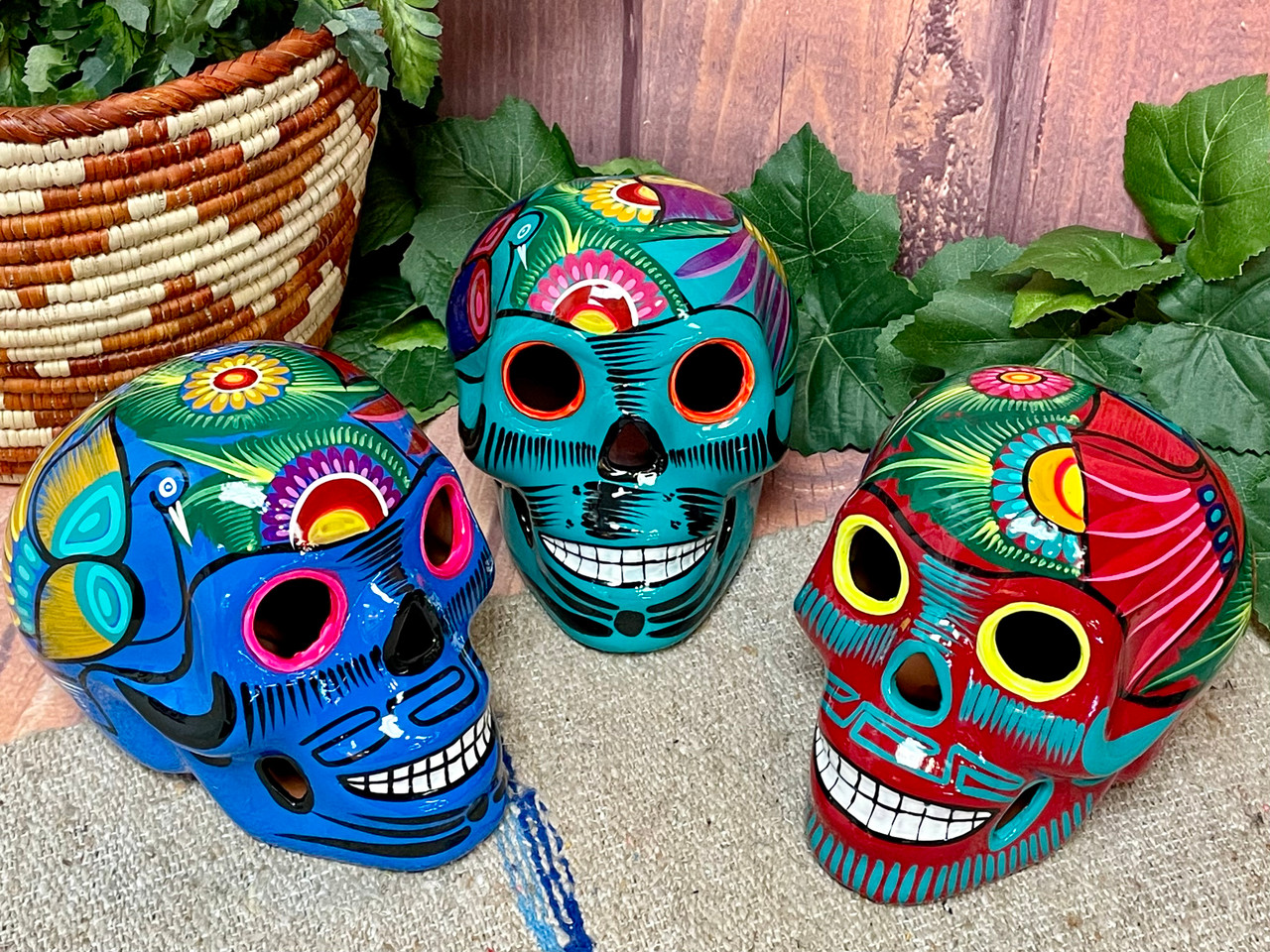
Sugar Skulls and Day of the Dead Exploring the Cultural Significance
Sugar Skulls and Day of the Dead: Exploring Cultural Significance
The Día de los Muertos, or Day of the Dead, is a vibrant Mexican holiday celebrated on November 1st and 2nd. This festive occasion allows families to honor and remember loved ones who have passed away. One of the most iconic symbols of this celebration is the sugar skull, or "calavera de azúcar," which has deep cultural and historical roots in Mexican traditions. These colorful, intricately decorated skulls serve as a reminder of the cycle of life and death, reflecting a unique blend of indigenous beliefs and Catholic influences.
The Cultural Heritage of Sugar Skulls
Sugar skulls originate from the ancient Aztec civilization, where death was not viewed as an end but rather a part of the life continuum. The sugar skulls were initially made from clay, representing the deceased, and offered to the deities as tribute. With the introduction of sugar from Europe in the 16th century, these offerings transformed into the brightly colored sugar skulls we see today. Each skull is adorned with vibrant icing, glitter, and other decorations, representing not just the individual it honors but also the joy of life and the festivity surrounding remembrance.
Sugar Skull as a Symbol of Life and Death
The sugar skull embodies the duality of life and death in Mexican culture. During Dia de los Muertos, families create altars, or "ofrendas," to invite the spirits of their deceased loved ones back to the realm of the living. Sugar skulls are often placed on these altars, along with photographs, favorite foods, and personal items of the departed. Each sugar skull is often inscribed with the name of the deceased, serving as a personal and festive tribute. By decorating these skulls, families celebrate the deceased's life, offering a joyful and colorful reminder that death is a natural part of existence.
The Rise of Sugar Skull Shops
The popularity of sugar skulls has led to the emergence of sugar skull shops, where artisans create and sell these colorful creations. Sugar skull shops not only provide an array of beautifully crafted skulls but also educate visitors about the cultural significance of the Day of the Dead. Many shops offer workshops, allowing individuals to learn the art of sugar skull making. This not only preserves the tradition but also allows for a hands-on experience where participants can connect with their heritage. The rise of these shops reflects a broader interest in the cultural significance of Dia de los Muertos, bringing awareness to the importance of honoring loved ones in a manner that embraces celebration and remembrance.
A Celebration of Life Through Art
In conclusion, sugar skulls and the Day of the Dead together present a powerful narrative of celebration and remembrance. They serve as a reminder that death is intertwined with life and that acknowledging those we have lost can be joyous as much as it is solemn. The cultural significance of sugar skulls can be felt not only in Mexico but around the globe, as traditions are shared and adapted. By visiting a Sugar Skull shop or creating our own, we participate in a rich cultural tapestry that honors our ancestors while reveling in the beauty of life. The next time you see a sugar skull, remember it is much more than decorative art; it is a powerful symbol of love and remembrance in the celebration of life and death.









